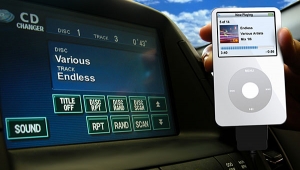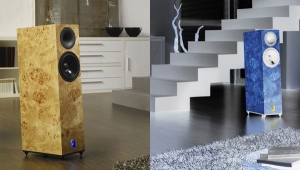| Columns Retired Columns & Blogs |
Pretty precisely. I used common sense in a badly proportioned room. I used the Room Optimizer computer program. And then tweaked the placement for best sound. Actually, speaker location is way important for best sound.


























